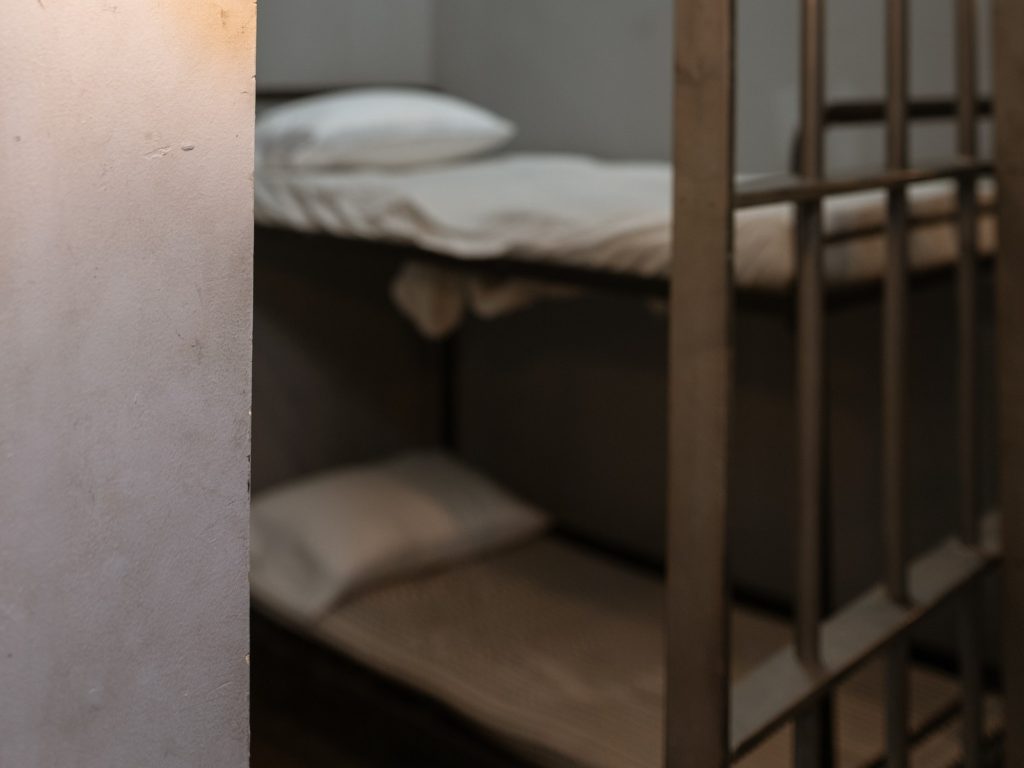The President of the United States can pardon people for federal crimes. A pardon frees you from punishment and other legal consequences from a criminal conviction. You may want to pursue this relief. But how do you request a pardon?
How do you request a pardon or commutation of sentence?
A pardon is a form of clemency. Clemency is the big-picture power to grant relief from a court-ordered sentence. While a pardon is one example, another example is a commutation of sentence. A commutation reduces your sentence either in full or in part.
The President is the only person who can issue a pardon or commutation for federal crimes. But the President relies on assistance from the Department of Justice when doing so. To request a pardon or commutation, you must file a petition with the DOJ.

The petition process breaks down into five basic steps.
- Wait. There is a mandatory waiting period of five years. This means you must serve five years of a sentence before you can ask for a pardon. You can apply for a waiver of the five-year waiting period. But the DOJ rarely grants waivers.
- Complete the pardon application. The DOJ has a specific form for requesting a pardon on its website. Download the form and fill it out.
- Provide a good reason for your pardon. You need to explain why you want a pardon. Pardon officials take responsibility, remorse and atonement into account when making their decisions.
- Gather supporting documents. You also need documents to support your application. You must include three character references. These references cannot be family members. And they should also include any documents that may support your petition. Supporting documents could include commendations from officers at your prison. They could also include any degrees or certificates you earn while in prison.
- Submit your application. You need to send your request for a pardon to the DOJ’s Office of the Pardon Attorney. The DOJ suggests sending it by email to USPardon.Attorney@usdoj.gov. You can also mail your application to this address:
U.S. Department of Justice, Office of the Pardon Attorney
950 Pennsylvania Avenue
Washington, D.C. 20530

What happens after you request a pardon?
After you submit your request, the Office of the Pardon Attorney reviews it. They may or may not investigate your case. But you likely won’t know much about your case. The office does not need to disclose any information about the process to you. The White House does not usually offer an explanation of its decision, either.
If your request is denied, you cannot appeal that decision. But you can petition again.
A pardon relieves you from whatever punishment you received for a criminal conviction. If you are in prison and receive a pardon, you walk free. The government can’t try you again for the same crimes. This means that a pardon is the end of that criminal case.
But a pardon won’t clear your record. While the government can’t punish you anymore, it remains on your record.
The Takeaway:
The decision to grant a request for a pardon belongs to the president alone. There is no guarantee that you will receive one. However, there is also no harm in trying. If you do request a pardon, make sure to follow the instructions carefully.






